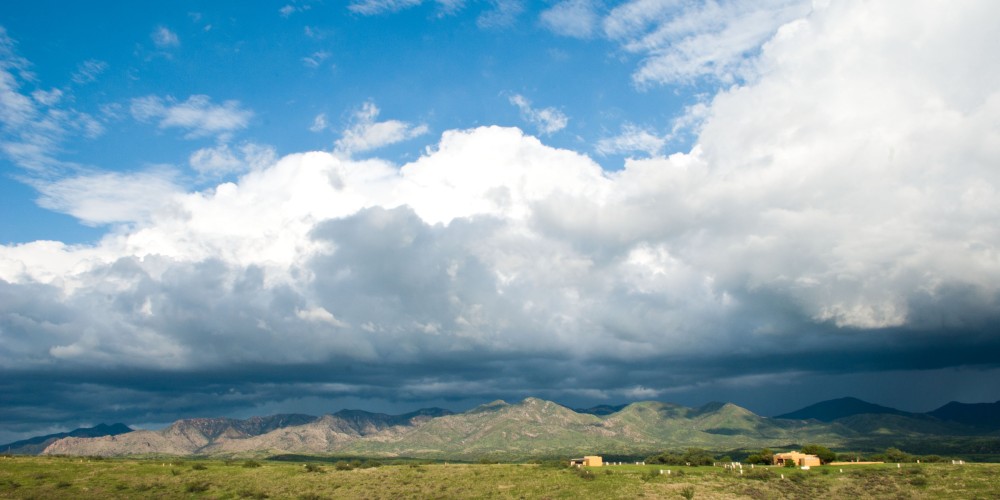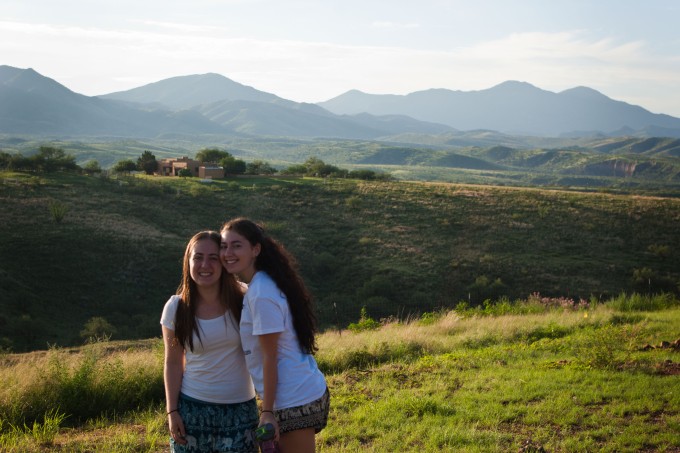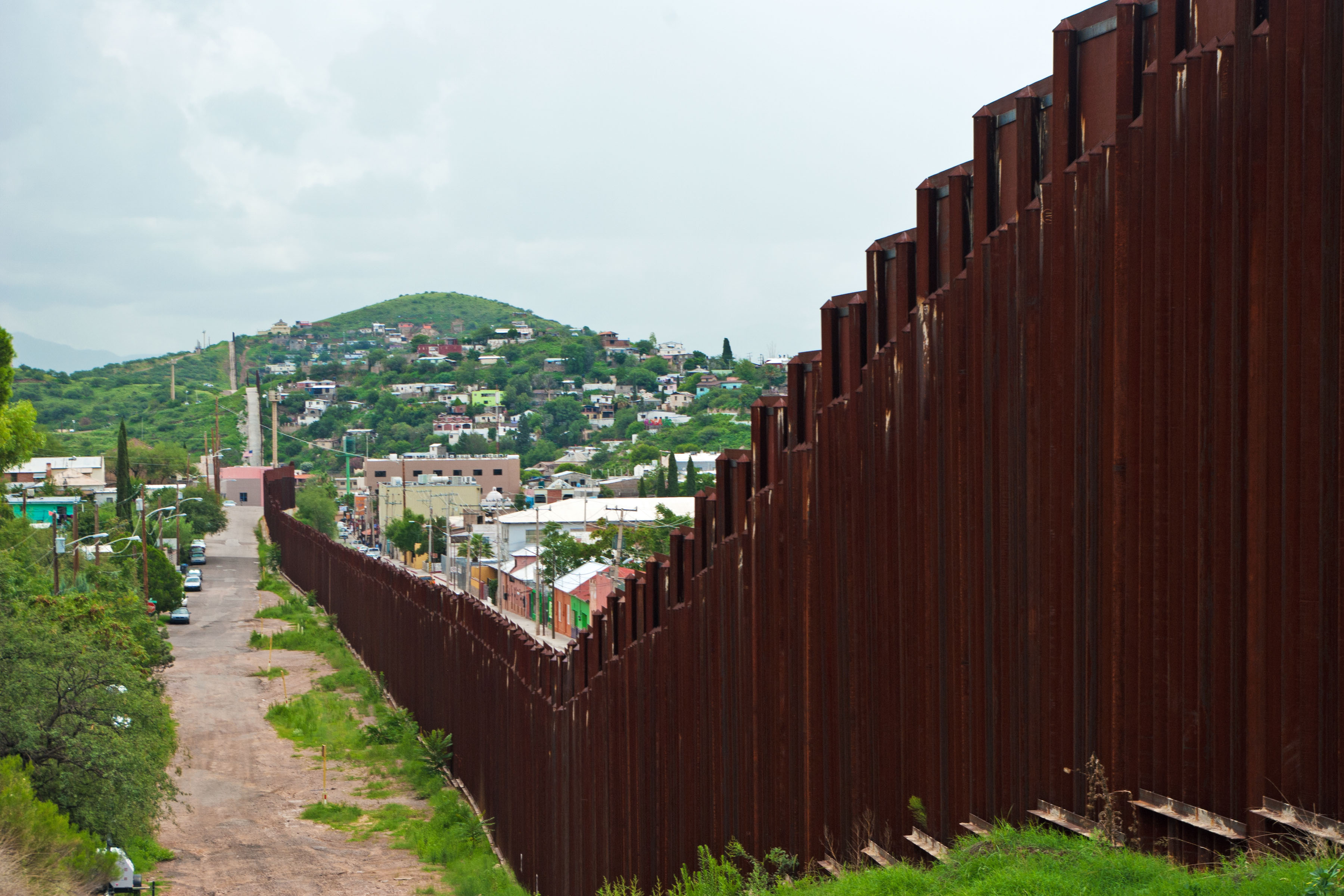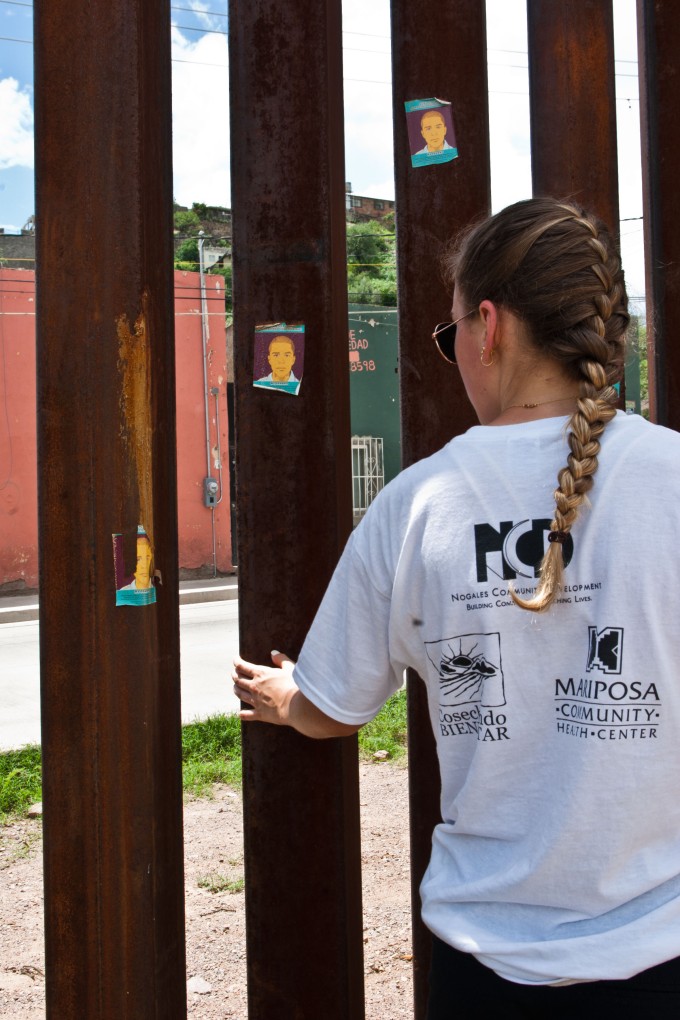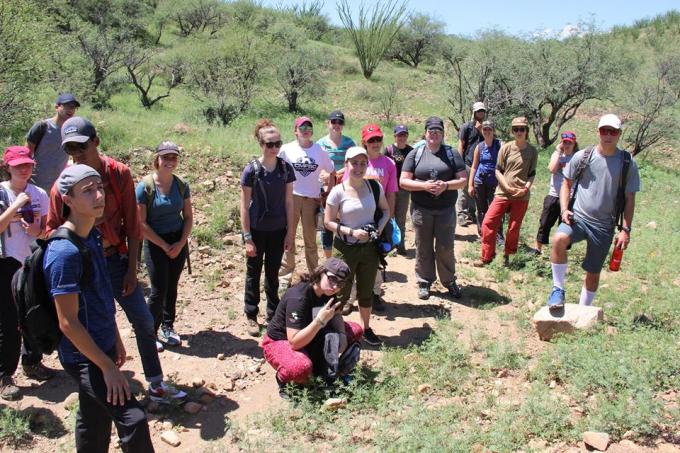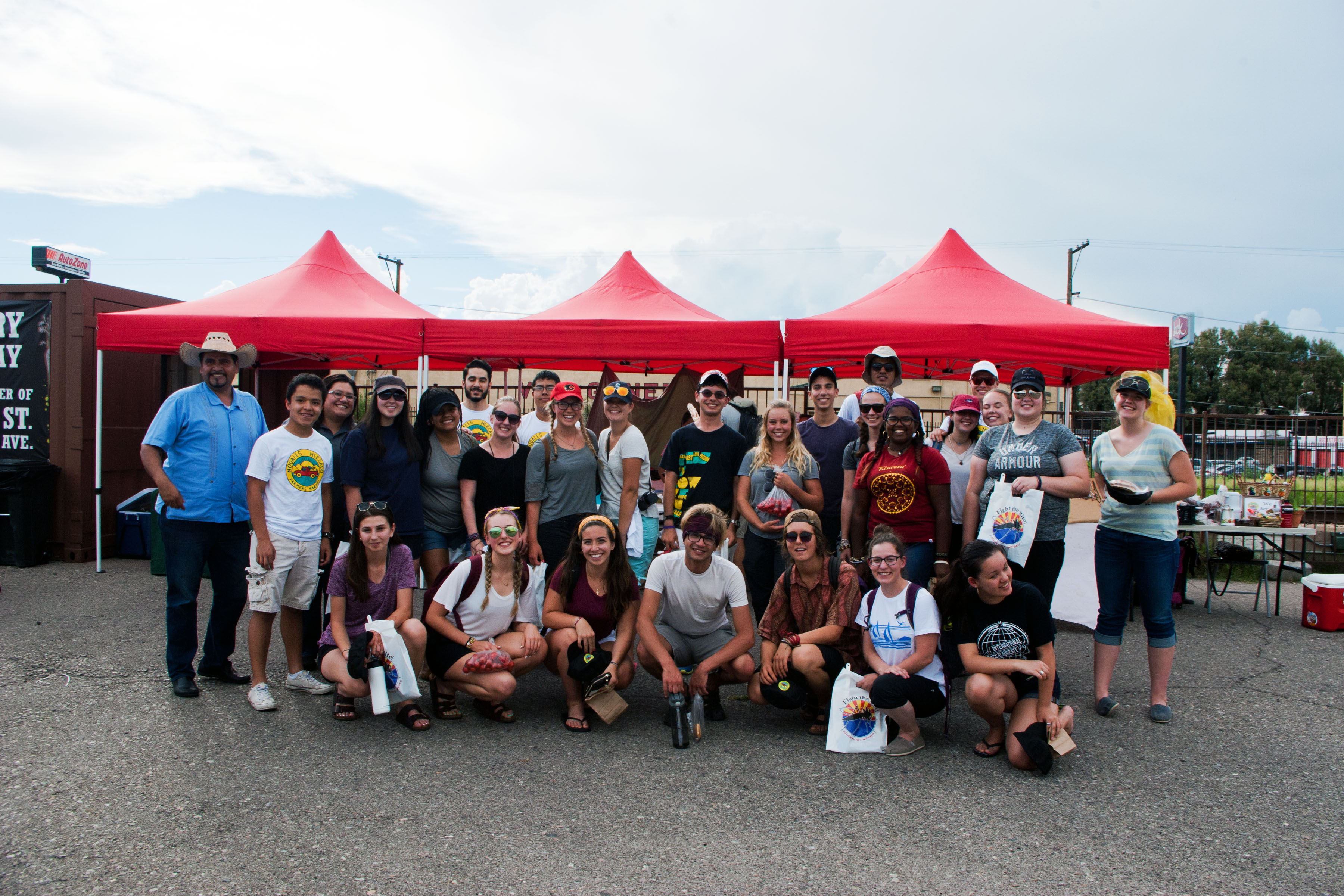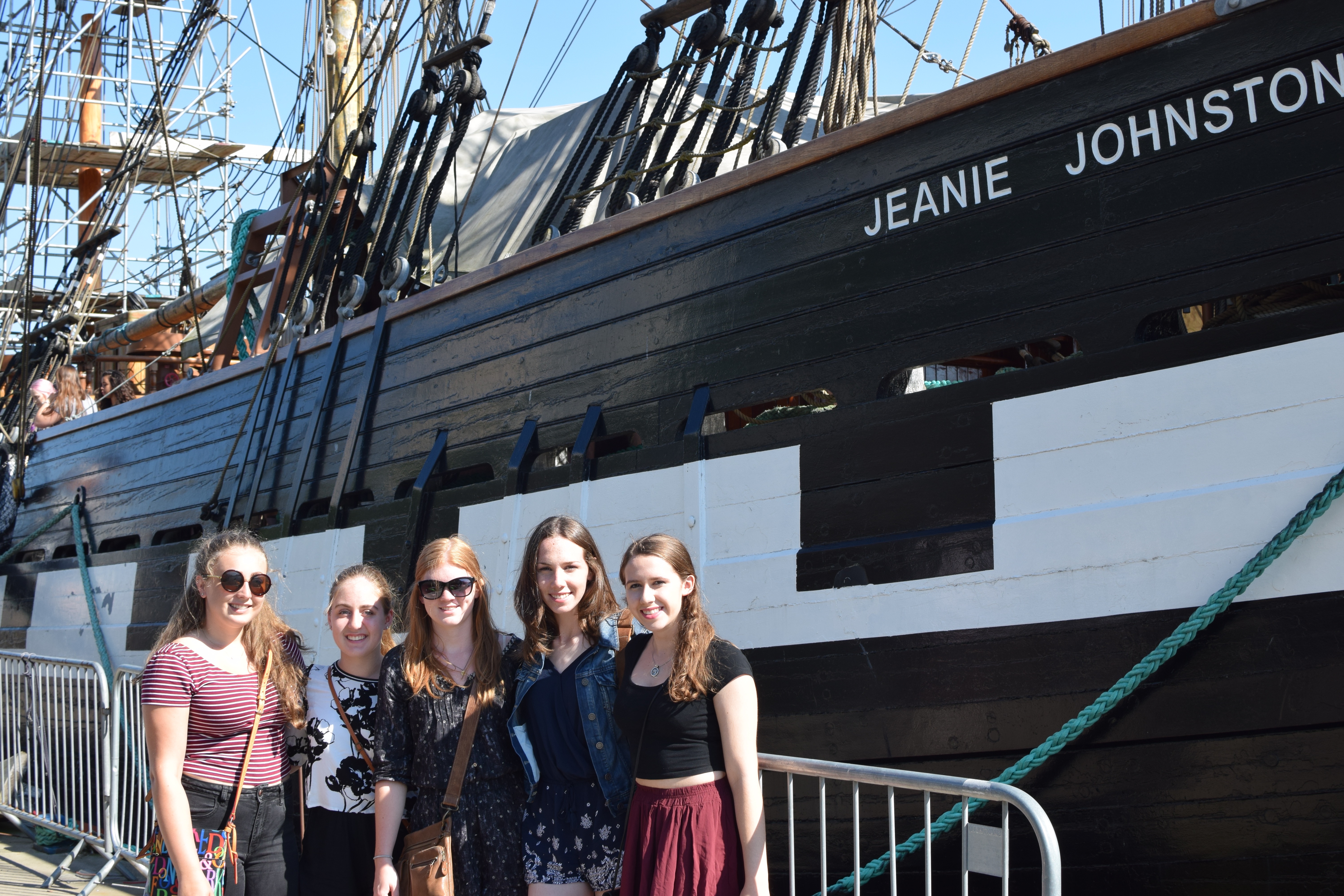In follow up to my post about WE Charity from a few weeks ago, I published this piece in my school’s student paper: The Xaverian Weekly. I thought I would share it here as well.
On Thursday, June 25, Prime Minister Justin Trudeau announced the Canada Student Service Grant (CSSG), which provides students with up to $5,000 for volunteering in programs related to the COVID-19 pandemic. The multi-million dollar contract to administer the grant was initially awarded to WE Charity, a Canadian organization that claims to empower youth to make a difference, but the contract has since been rescinded in response to public criticism. Looking deeper, there are also a number of equity concerns within the structure of the grant itself.
Even though they are no longer engaged with the CSSG program, the fact that the government awarded WE Charity the contract to begin within warrants concern. The obvious ties between the Trudeau family and WE were immediately criticized by the media, given that there has been little information provided on how the decision to allocate the contract was made. This past week, a number of current and former WE staff have also come forward with allegations of racism, homophobia, and censorship against the organization and its leadership. Former WE employee Santai Kimakeke alleges that he is currently separated from his family and unable to travel from Kenya as a result of false accusations pitted against him by Marc Kielburger (one of the organization’s founders). Kimakeke has also accused Marc Keilburger of psychological abuse and misuse of power, and has further detailed fraudulent and criminal practices, misappropriation, money laundering, and tax evasion committed by the organization on his blog, “Odd Truths About We Charity.” Amanda Maitland and Talitha Toles are two other former staff members who have spoken out, detailing the organization’s racist tendencies.
For those familiar with the organization, these recent allegations shouldn’t come as a surprise. Jaren Kerr, a reporter for Canadaland, has investigated ethical issues within the organization since 2018, with findings including the use of child labour in their supply chain, a toxic work environment, bullying from senior leadership, high burnout rates, false advertising, and a lack of professional boundaries. Even earlier, in 2015, WE came under fire after footage of We Day and criticism of WE trips to Ecuador was scrubbed from CBC’s “Volunteers Unleashed” —a documentary centering on the harms of voluntourism—just before its air date. The footage that did make it into the film, according to the interviewee featured, was heavily altered to direct criticism away from the organization.
Looking to the grant itself, its valuation and structure have also raised a number of pay equity concerns. The grant provides students with $1,000 for every 100 hours volunteered, up to $5,000. Broken down to an hourly wage, that comes to $10 an hour—well below the minimum wage across Canada. Coupled with CESB, students could potentially earn $22 an hour if they are able to complete the full 500 hours of volunteer work—but the likelihood of that happening seems slim. 500 hours is an extremely high expectation (equivalent to the number of hours they’d work over the course of 3 months at a regular 9 to 5 job). For students who are also caring for family, pitching in at home, taking courses online, or actively looking for work, 500 hours would prove next to impossible.
The way the grant is structured adds to its inequity as well, in that it has the potential to leave huge amounts of labour unrecognized. Because the grant is broken into sections of 100 hours, if a student volunteers 199 hours, they’ll only be paid for the first hundred. Unless a student is completely certain they’ll be able to complete the hours in sections of 100, they could finish the four months with a lot of uncompensated work.
The initial CESB announcement was already concerning for many, given that it was a hefty $750 less than CERB’s $2,000—appearing to value students less than the working population. Now with the announcement of the CSSG, the pair suggests that the government only values the wellbeing and security of students if they are able to benefit from their labour. CESB hardly provides enough for students looking to pay for rent and food, let alone tuition, so many will have no choice but to sign up for the CSSG. Funnelling students into a semi-accessible four-month volunteer program through which they will be underpaid, and that appears to take the place of efforts to create student jobs, is exploitative at best, and takes advantage of students who are struggling financially.
Can we really call it “volunteer” labour if students need the extra money in order to survive?
It is also important to recognize who is eligible for the program. International students, students over 30, and students who have received CERB at any point—which is quite a large portion of students—are ineligible. Those students are not immune to the costs of living in Canada, and some (international students) pay far higher fees for tuition while at school, likely increasing their need for such a program. Evidently, then, the grant isn’t meant to support all students.
The CSSG as a program is deeply flawed. Taking the implementation of the program out of the hands of WE Charity is a step in the right direction, but it doesn’t solve the issues that come with the grant itself. Whether the grant proves to be successful for the young people who apply remains in question, but the outlook, considering the issues presented above, isn’t good.





